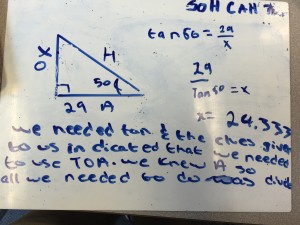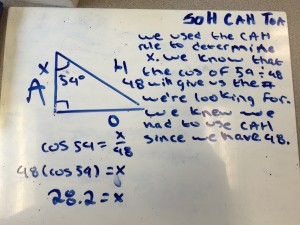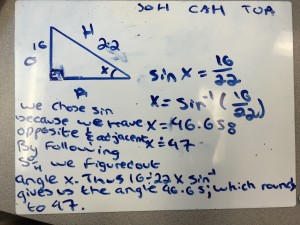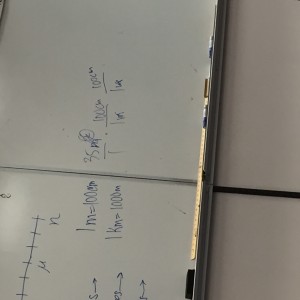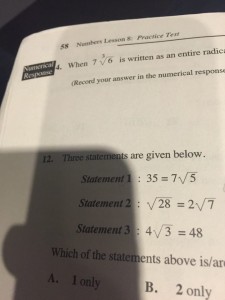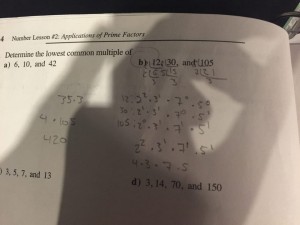What I learned this week:
I learned two interesting things this week, the first one was that an equation that repeats itself with the same numbers is really just a square in disguise. Example: (X +4)(X + 4). Usually you would use FOIL to figure out the answer, redistributing and multiplying every number. OR you can think of it as (X + 4)^2, you can cut one step out as well to find the middle number. Multiply 4*X*2.
Second thing I learned (X + 5) (X + 3) usually you distribute everything, or you can square the X (since you know you’d do that anyways), add the two numbers together (add x) and lastly, multiply the two numbers.
This: X*X + X*3 + 5*X + 5*3
becomes
X^2 + 8X + 15

